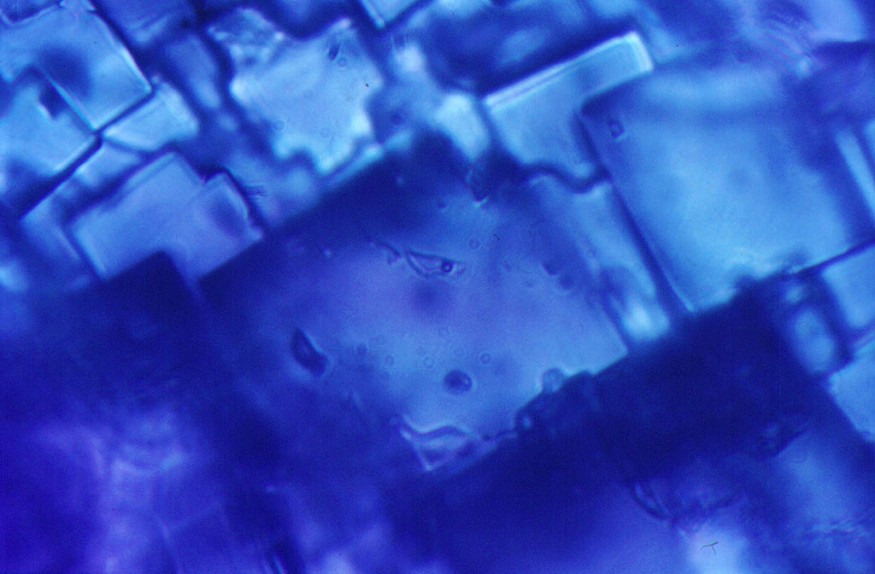
A new discovery revealed the possibility of ancient life, not just on Earth, but in extraterrestrial environments.
The study came after a team of geologists found "potentially alive" organisms trapped in ancient rock for 830 million years, ScienceAlert reported.
The object, which was identified as halite or also known as rock salt, suggested that a natural mineral could be a previously untapped resource for understanding life on ancient earth, and even in extraterrestrial environments like Mars.
They May Be Alive!
The tiny remnants of prokaryotic and algal life found trapped inside crystals of halite dating back to 830 million years ago may still be alive, according to geologists, but may not look like what you might be expecting.
While previous ancient microfossils such as shale from billions of years ago have been found "pressed" into rock formations, it may not be the same for rock salts.
Instead, organic material is preserved in the crystals forming in a saltwater environment, as small amounts of fluid are trapped inside.
These are called "fluid inclusions," according to findings published in the journal ScienceDirect.
Studying inclusion fluids available to date provides useful starting point for reconstructing the composition of the seawater and remnants of the parent waters from which the halite crystallized, including analysis of water temperature, water chemistry and even atmospheric temperature at the time the mineral formed, according to a paper published in the journal Springer.
Trapped in Salt
The recent and modern environments where halite forms are extremely salty; nevertheless, microorganisms such as bacteria, fungi and algae have all been found thriving in them.
A handful of them have been documented in fluid inclusions in gypsum and halite dating back to ancient times, but the method of identifying these ancient organisms has been doubtful.
"A question has persisted amongst geomicrobiologists," said lead author and geologist Sara Schreder-Gomes of West Virginia University in their paper published in GeoScience World.
"What are the oldest chemical sedimentary rocks that contain prokaryotic and eukaryotic microorganisms from the depositional environment?"
The once an ancient salty sea in the middle of Australia, now a desert, is a well-characterized and dated stratigraphic unit dating back to the Neoproterozoic - the Browne Formation - extracted by the Geological Survey of Western Australia in 1997.
Using core samples from the Browne Formation, the researchers were able to conduct investigations of unaltered Neoproterozoic halite only using non-invasive optical methods.
The well-intact halite indicated that anything inside could have been trapped at the time the crystals formed.
The team used transmitted-light ultraviolet petrography, and up to 2,000x magnification to study the fluid inclusions therein, where they found organic matters (solids and liquids), consistent with prokaryotic and eukaryotic cells, according to size, shape and ultraviolet fluorescence.
The colors were also consistent with organic decay, while others demonstrated the same fluorescence of modern organisms.
This suggested that the organic material was unaltered.
Moreover, the researchers noted that it is even possible that some of them are still alive.
While it is possible that microorganisms can survive over geologic time scales, the process has not been fully understood except that "microorganisms may survive in fluid inclusions by metabolic changes, including starvation survival and cyst stages, and coexistence with organic compounds or dead cells that could serve as nutrient sources," the team explained.
Related article : Sea Sponges Found 'Extremely Bleached' in New Zealand Waters
© 2025 NatureWorldNews.com All rights reserved. Do not reproduce without permission.





